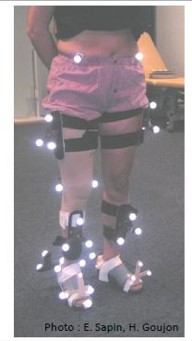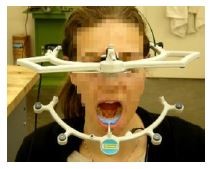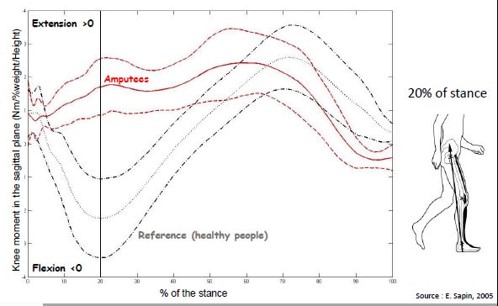Module code UE 965: Human movement analysis (30h : 10h lectures + 12h tutorials + 8h practicals) – 4 ECTS
Module coordinator: Dr. Emilie De Brosses (emilie.de-brosses@univ-lorraine.fr)
Description:
The motion analysis is involved in scientific advances in various fields such as computer- guided surgeries, sports or in the development of humanoid robots. This course aims both to provide fundamental scientific knowledge for the analytical description of the human movements as well as practical skills such as carrying out a motion capture trial and analyze it. Computational methods to assess the joint loads will be also introduced. The muscular aspects will be taken into account: EMG and sEMG measurements will be explained, and the usual muscular models as well as the muscle share optimization will be presented.



Prerequisites:
Basic knowledge concerning the kinematics of solids – the Newton’s laws applied to rigid bodies – Rheological models – Names of the limbs, joints and bony structures – Names of the anatomical directions and planes
Skills and learning outcomes:
|
Skills |
Level |
Learning outcomes |
|
Skill 2 To apply the usual concepts of various scientific fields of a technical subdomain to solve a complex problem, including a problem of design or engineering |
4 |
|
|
Skill 9 To analyse the functioning of living organisms and/or human body through a scientific approach: – taking into account the experience of clinicians – using scientific and technical knowledge |
3 |
|
| Skill 10
To propose an anatomic and functional restauration solution adapted to a clinical issue – taking into account the specificities of a given patient – proposing design solutions adapted to manufacturing processes and techniques in biomedicine – identifying the risks related to the implementation in real conditions – taking into account regulatory aspects |
2 |
|
|
Skill 4 To develop capability to work in a team, with autonomy and also with colleagues for the benefit of the project. |
3 |
|
|
Skill 5 To know how to communicate in both written and spoken French and English and become a team manager (to plan, organize, create and conduct meetings in an efficient way) |
4 |
|
